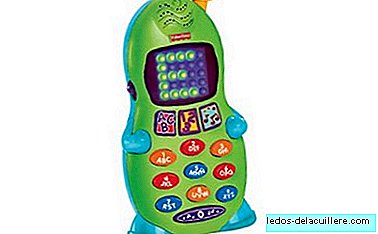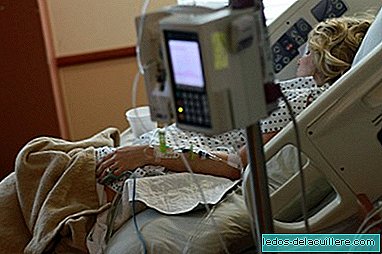
He Kawasaki syndrome, also known as Ganglionic Mucocutaneous Syndrome, is an acute multisystemic vasculitis, is one of the main pathologies that causes childhood acquired heart disease.
The cause of this disease that affects almost exclusively the child population, is unknown, was first diagnosed in 1967 in Japan by Dr. Tomisaku Kawasaki. It was thought that this syndrome affected only Asian children, but there is an increasing incidence in the US and Europe, the mortality rate being less than 1%.
80% of children affected by Kawasaki Syndrome are less than 5 years old, it seems that from 8 years of age it is difficult to suffer. It is not a hereditary or contagious disease, so it is not common for more than one family member to suffer. For its diagnosis, we must first rule out other possible diseases that cause similar symptoms, then assess the six specific diagnostic criteria that the SK Research Committee in Japan, of which five must be met to diagnose the disease.
The main symptoms of this pathology are prolonged fever (more than 5 days), irritation and redness of the eyes, inflammation of the nodes of the neck, irritation and inflammation of the throat, mouth and lips, rash and inflammation of the hands and feet.
The SK affects the heart and coronary arteries, these weaken and a clot can form obstructing the passage of blood or an aneurysm, abnormal widening of an artery that can cause its rupture.
The heart can be affected by causing an inflammation of the heart muscle or pericardium, membrane that surrounds the heart and protects it, it can also fail any of the valves of the heart or suffer an alteration of the heart rhythm.
A treatment is necessary, usually with aspirin and gammaglobulin that will alleviate the symptoms and injuries. Once the disease is over, a medical follow-up should be carried out to control the health of the heart.












